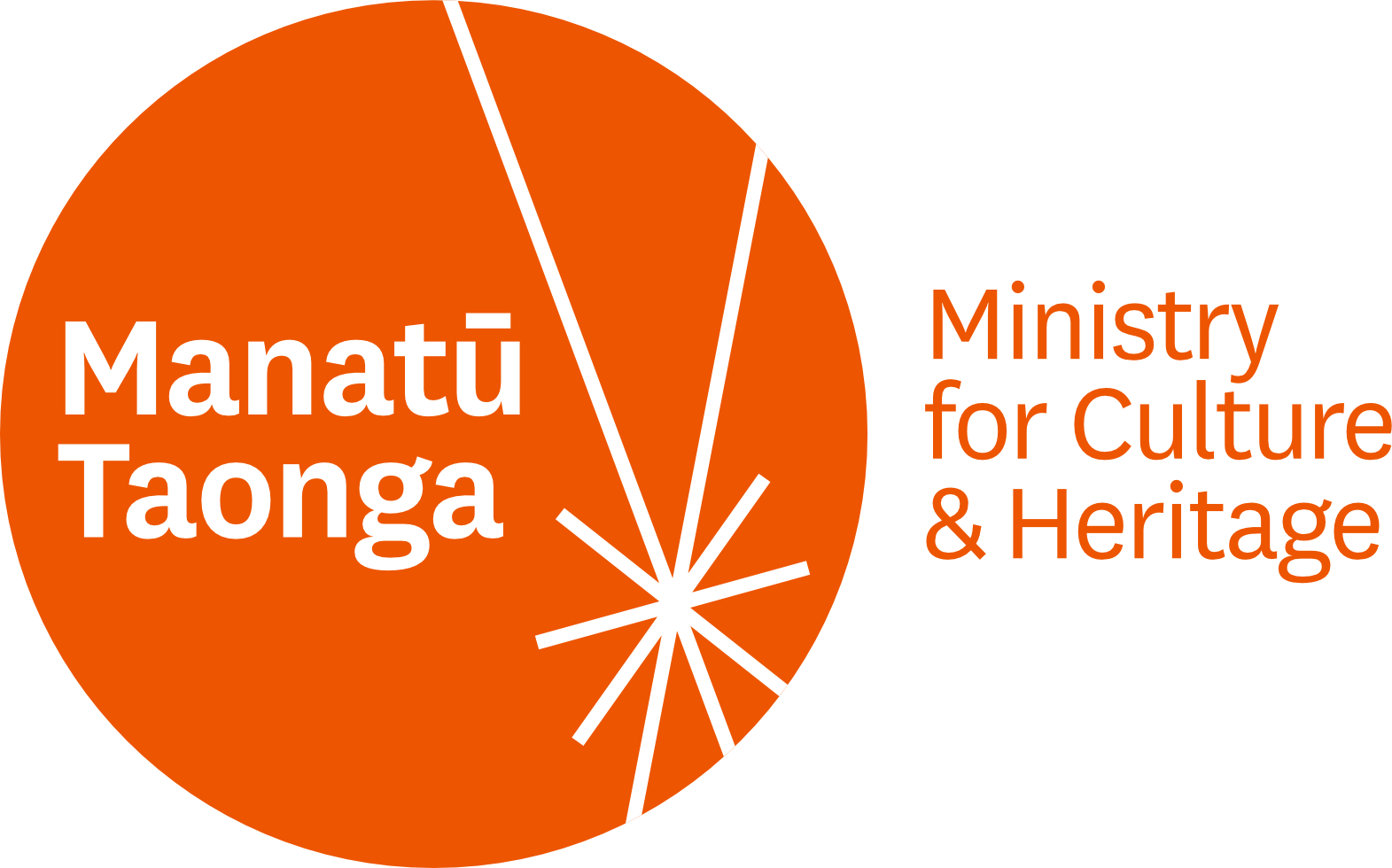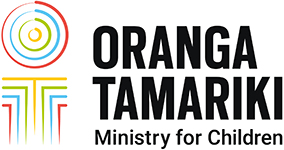Owning up: the freedom effect for places of creative integrity
15 April 2016
By Richard Benge
Over March/April, I was fortunate to attend a professional development programme in the United States. Two organisations I visited have been on my list to visit and learn from for a long time.
 The Creative Growth Center is a large contemporary arts centre in Oakland (over the Bay from San Francisco) where up to 60 artists attend and work on their art projects. I immediately felt at home because all the elements of leading New Zealand creative spaces were evident. It was the larger proportion of space and scale of the enterprise that was obviously different and impressive.
The Creative Growth Center is a large contemporary arts centre in Oakland (over the Bay from San Francisco) where up to 60 artists attend and work on their art projects. I immediately felt at home because all the elements of leading New Zealand creative spaces were evident. It was the larger proportion of space and scale of the enterprise that was obviously different and impressive.
Visitors enter the huge light and airy warehouse space through a large contemporary art gallery and store that leads to a long public gallery, and then a continuous open-plan studio divided into work areas and smaller studios and galleries covering two floors.
Endless list of creative opportunities
Artists are at work on a wide variety of art making – visual arts, ceramics, wood, upholstery, rug making, silk screen printing for apparel – a seemingly endless list of opportunities for creativity and art making.
Newcomers and regulars are immersed in scheduled modules where they can focus on their preferred art or craft after experiencing a variety of forms.
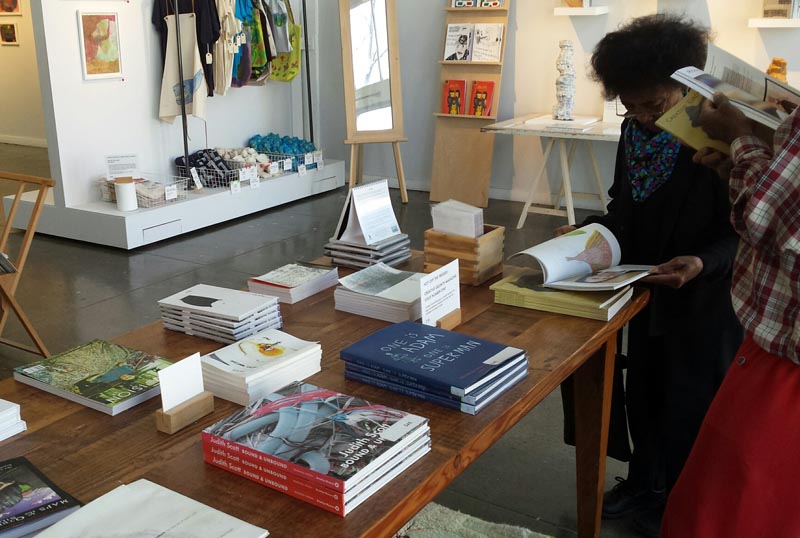 Many regular members have been attending for years and focus entirely on their specific creative preference, often exploring the same genre for many years. Sound familiar? Not that different from New Zealand creative spaces.
Many regular members have been attending for years and focus entirely on their specific creative preference, often exploring the same genre for many years. Sound familiar? Not that different from New Zealand creative spaces.
The one difference that is not obvious is that Creative Growth purchased the warehouse they work in 20 years ago. At the time, the area was economically depressed but the management saw the potential. Now they are sitting on a sizable asset and not paying rent.
Creative Growth is a centre for contemporary artists. There is not much talk of people with disabilities in this place although I could translate that the majority of clients are people with intellectual disability and several with additional impairment such as wheelchair users and one who is blind. There seemed to be a large proportion of the over-40 age group – at least on the day I was there.
Why people work at the Creative Growth Center
The management, tutors, volunteers and a number of companion carers for high-needs clients are passionate about why they chose to work at Creative Growth. The tutors are practising artists who made the ”pay-cut” choice to work at Creative Growth due to its philosophy and the power of art to bring opportunity and happiness into people’s lives. Artists exercise their choice via their allowance to pay a fee for daily attendance.
Director Tom di Maria is as comfortable walking through the studio hanging with all the artists he knows by name as he is meeting the symphony orchestra and famous restaurant with whom he oversees all details for an upcoming gala fundraiser.
 ”Doing it all” seems like a given for him. His passion and commitment are evident. The supportive and creative president of Creative Growth’s Board of Directors, Jane Timberlake, is on the studio floor as a tutor the day I visited. Clearly, he has her practical support and deep appreciation.
”Doing it all” seems like a given for him. His passion and commitment are evident. The supportive and creative president of Creative Growth’s Board of Directors, Jane Timberlake, is on the studio floor as a tutor the day I visited. Clearly, he has her practical support and deep appreciation.
Tom’s training and work as a contemporary artist informs everything about the place, and particularly the style and business end of the organisation. The gallery looks and feels like its counterparts in the upper end of the art market and explains itself no differently.
He doesn’t particularly like the term “outsider artist” as he prefers not to use labels but he understands the machinations of the dealer market and the need to create genres, scarcity and unique “finds”. He also understands the market drivers and works to ensure Creative Growth artists are represented in private collections and, consequently, museum collections.
Contemporary or self-taught artists
Referring to the artists at Creative Growth, Tom prefers to speak of contemporary or self-taught artists in their own right. Because of their unique abilities, they “do not respond to any period in art history”.
 I enquire further and he explains that unlike students who attend art school, who are influenced by historical periods or schools of practice, Creative Growth artists respond to their creativity through the materials available to them and the supportive space and time to make art.
I enquire further and he explains that unlike students who attend art school, who are influenced by historical periods or schools of practice, Creative Growth artists respond to their creativity through the materials available to them and the supportive space and time to make art.
”And everyone who attends gets paid.” I was interested to know what that looked like. Each artist receives a “monthly check” – a percentage of the overall take from the gallery store and their own individual sales if they are on exhibition.
The store is beautifully designed like a gallery itself with efficient, professional point-of sale staff. It carries the work of most artists and unique lines such as apparel, rugs, and jewellery. In keeping with other leading contemporary galleries, the store provides books and information about its own and other contemporary art centres through high-quality book and zine sales.
There are private collectors all over the United States waiting for orders (such as unique upholstery) to be completed. The combination of quality art marketing, gallery curation, and the engine of art generated from the studio was a palpable example of an inclusive creative centre of excellence.
Immersive residency at AS220
I went on to attend a five-day immersive residency for artists/managers at AS220 in Providence Rhode Island. AS220 is a model of a centre for the contemporary, industrial and digital arts, established in 1986 by artist Bert Crenca, his wife Susan Clausen and others.
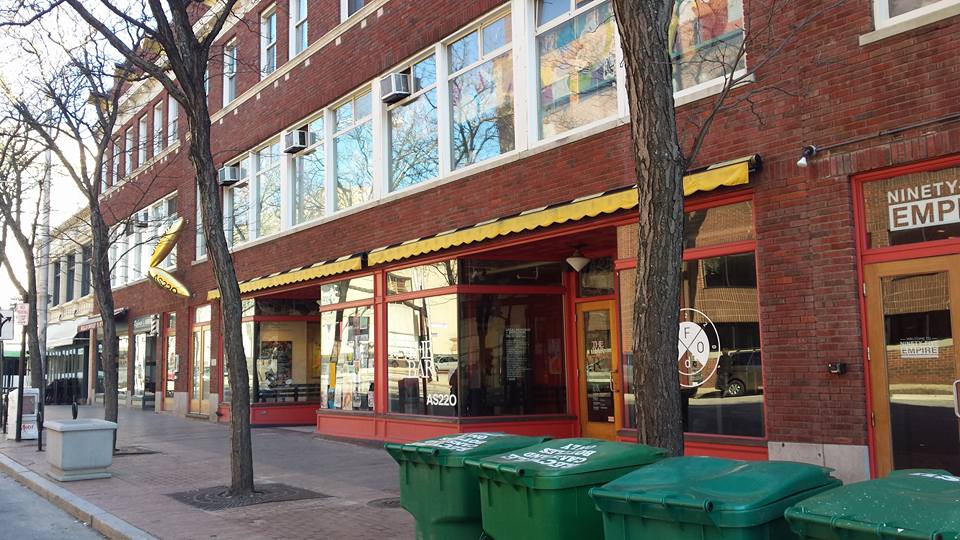 Its vision states that “AS220 envisions a world where all people can realise their full creative potential”. It provides an “unjuried, uncensored” creative place for the contemporary arts to thrive, and was established out of anger and frustration that artists were hindered by favouritism of grant bodies, museum selectors and the need for tertiary degrees. By ”unjuried”, they mean non-judgemental – without criticism – and to this day it is inclusive of anyone and everyone who wants to make or present their art.
Its vision states that “AS220 envisions a world where all people can realise their full creative potential”. It provides an “unjuried, uncensored” creative place for the contemporary arts to thrive, and was established out of anger and frustration that artists were hindered by favouritism of grant bodies, museum selectors and the need for tertiary degrees. By ”unjuried”, they mean non-judgemental – without criticism – and to this day it is inclusive of anyone and everyone who wants to make or present their art.
AS220 purchased its first building
Soon after it was founded, and due to the sense of purpose and the right combination of people, skills and moment in history, AS220 purchased its first building at 115 Empire St. Providence. In the 1980s and early 1990s, Providence was experiencing urban decay and it was possible to purchase a dilapidated 1920s building for the right price.
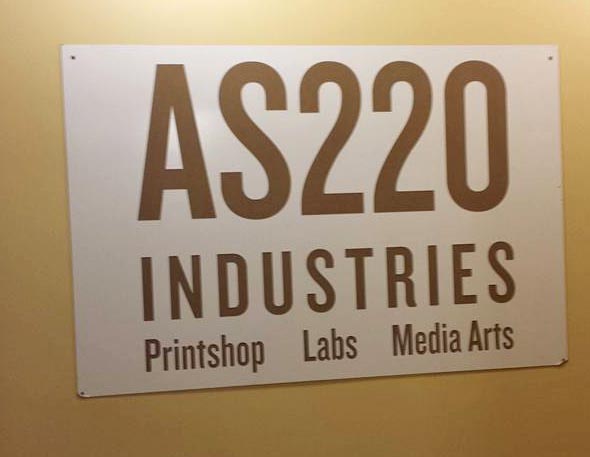 AS220 today consists of three renovated heritage buildings that combine subsidised residential space for practising artists, live performance spaces, visual arts galleries, studio and training spaces on the upper floors. On the ground level of each building are pubs, high end and ethnic restaurants, even a traditional barber shop. The rental income from these supports the organisation’s programmes on the middle floors, including music and design workshops for at-risk youth. In the year-round theatre spaces, poetry jams, music gigs and plays are scheduled months – sometimes years – in advance.
AS220 today consists of three renovated heritage buildings that combine subsidised residential space for practising artists, live performance spaces, visual arts galleries, studio and training spaces on the upper floors. On the ground level of each building are pubs, high end and ethnic restaurants, even a traditional barber shop. The rental income from these supports the organisation’s programmes on the middle floors, including music and design workshops for at-risk youth. In the year-round theatre spaces, poetry jams, music gigs and plays are scheduled months – sometimes years – in advance.
AS220 is essentially a non profit with adjunct “for profit” entities. In New Zealand, we would refer to much of this as a social enterprise. This structure also allows it to receive grants from state and federal funding agencies, private donors and trusts, along with subsidised course fee structures and low rental from artist residents.
AS220's role in urban renewal
One of the most significant aspects of the AS220 story is how it has played a significant part in the urban renewal of the once bustling downtown of the city of Providence. Bringing life to a dilapidated building and dangerous neighbourhood has allowed residents and visiting artists to thrive in a hub that is constantly renewing itself through regular and frequent live performances, exhibitions and programmes.
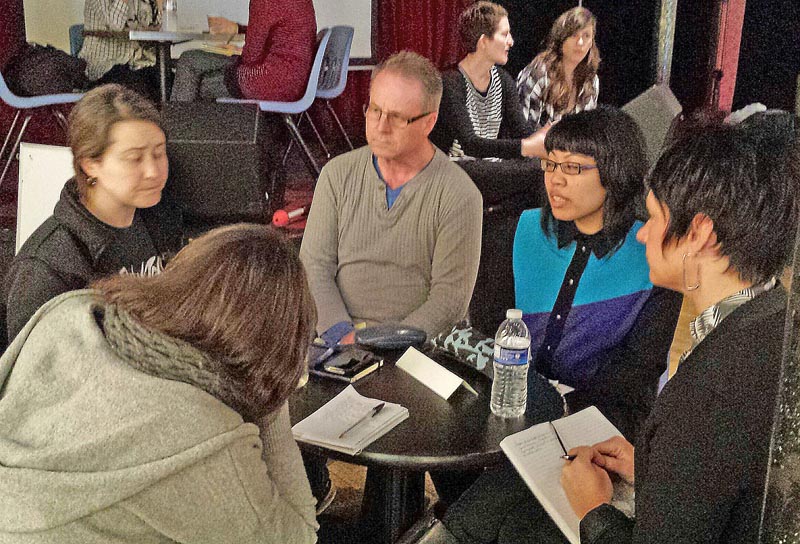 What lessons can we learn from Creative Growth and AS220? Clearly, adventurous, visionary leadership needs to be encouraged in New Zealand and I suspect we do not do enough to nurture adventurous leadership in the arts. Are we truly asking “What if?” or are we only saying "We can’t because … "?
What lessons can we learn from Creative Growth and AS220? Clearly, adventurous, visionary leadership needs to be encouraged in New Zealand and I suspect we do not do enough to nurture adventurous leadership in the arts. Are we truly asking “What if?” or are we only saying "We can’t because … "?
Indeed, not for profits in the United States benefit from a range of tax incentives as do their donors and these unquestionably help organisations like Creative Growth and AS220 to thrive. All not for profit arts organisations in New Zealand could benefit from greater incentives like those.
Where we do have to pay attention in New Zealand is around the vulnerability of community arts organisations providing opportunities for disabled people to make art. They are vulnerable to the increasing inability (unwillingness) of the Government to fund operations and services across a range of central and local providers.
Developing social enterprise models
How can we in our sector better engage with each other and develop social enterprise models and work in ways that enable us to control our financial sustainability and reduce our dependency on public funding?
We know that in many New Zealand cities there is a property boom with land and buildings commanding very high prices. Does the current market prohibit us from engaging in property investment for the future or is it just that we have never seriously considered this possibility?
Who of us combines our arts space with a for profit entity? Where are the dilapidated buildings waiting to be developed for purpose? Outside the CBD areas probably but they are there. What if a creative space owned a building that provided space for a pizza restaurant, a hairdresser and art studios for artists?
Let’s at least do the maths. More “outside the box” thought and action along the lines of social enterprise models is required.
Just how long the amazing but funding-strapped creative spaces in New Zealand can pay market rents while being at the tail end of stressed public and private funding streams remains to be seen.
LATEST POSTS
Arts Articles Categories
- Accessibility
- Accessible Arts
- Achievements Celebrations
- Artist My Stories
- Arts Culture
- Arts Culture Venues
- Arts For All
- Arts In Corrections
- Canterbury Region
- Circus
- Covid 19
- Creative Spaces
- Creative Wellbeing
- Dance
- Maori Art
- Maori Arts
- Mental Health
- Music Sound
- Musical Theatre
- Professional Development Arts
- Staying Connected
- Theatre
- Tikanga Practices
- Visual Arts
- Writing Publishing
- Young People

